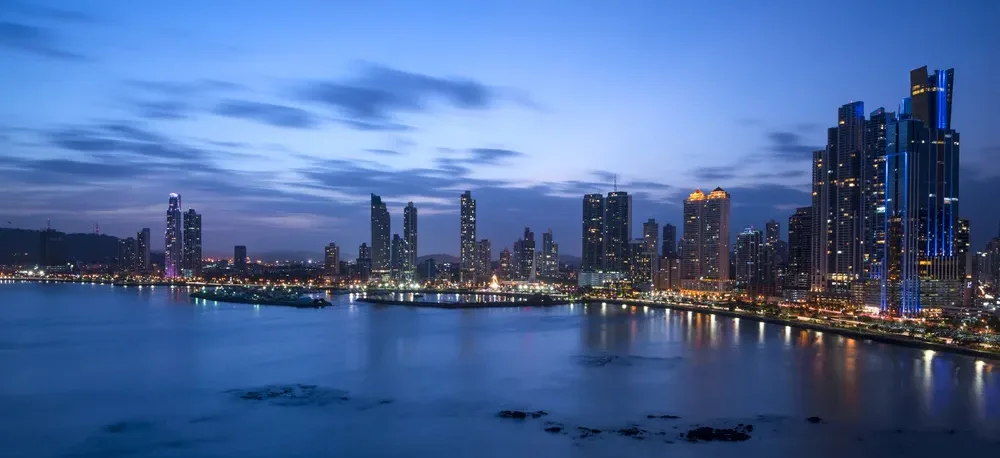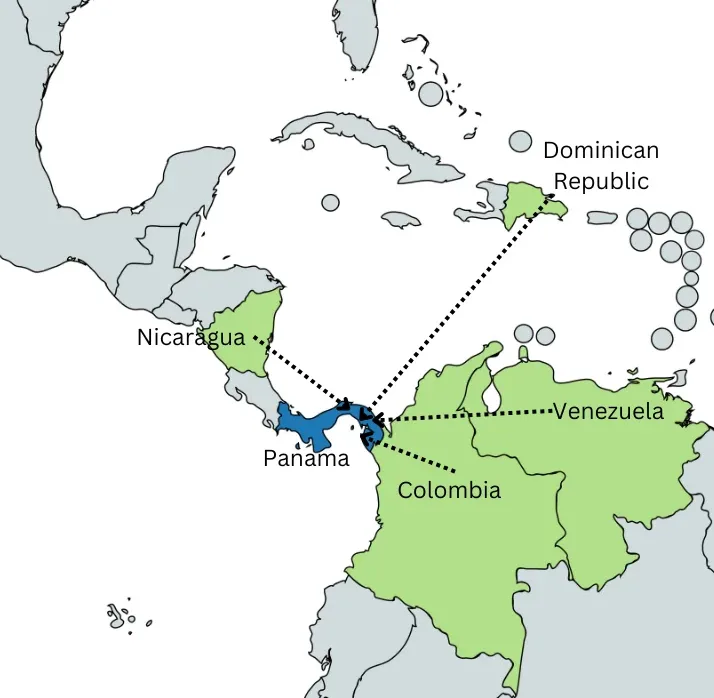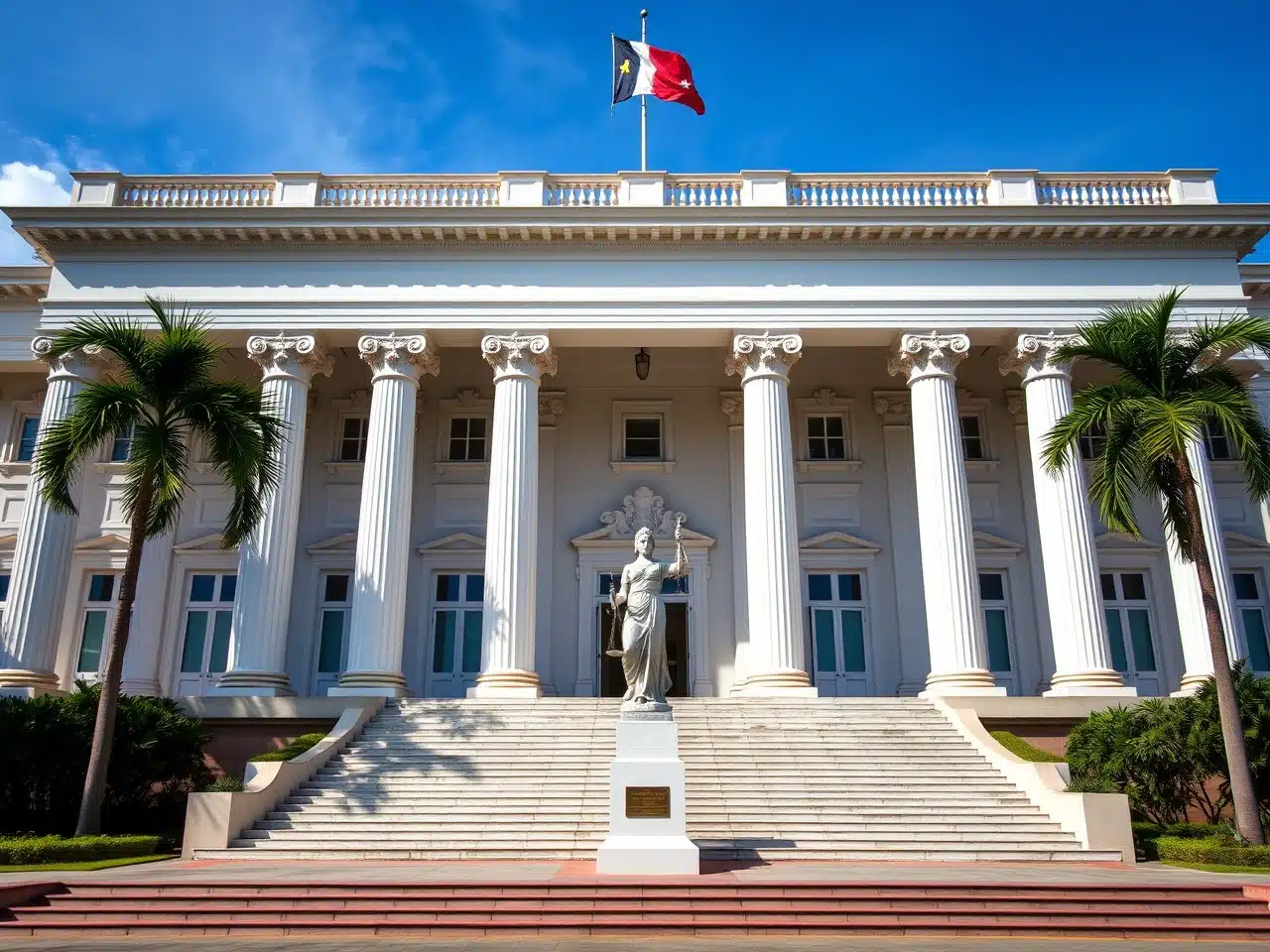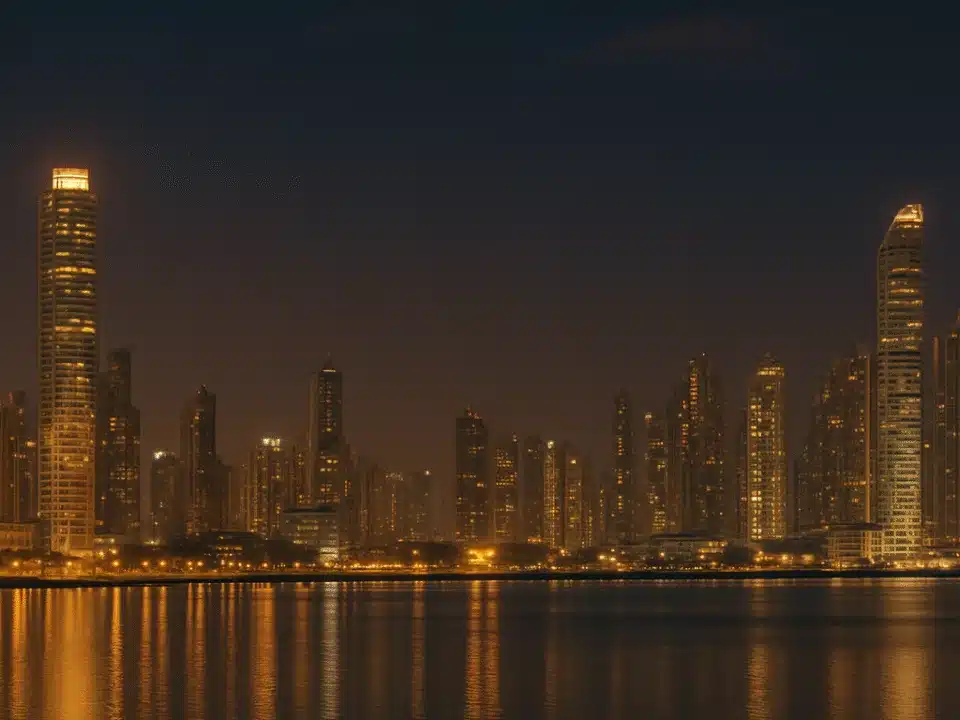
5 Ways Exclusive Escorts Enhance Luxury Experiences

Adult Entertainment in Central America: What You Should Know 2025

Panama City’s illuminated skyline at night, featuring its modern financial district, luxury hotels, and entertainment hubs. Areas like Punta Pacifica and Avenida Balboa are known for their high-end tourism and nightlife."
Prostitution in Panama: A Legal and Cultural Perspective
Examining the intersections of law, health, and migration within Panama’s regulated sex industry.
Prostitution in Panama occupies a distinctive position in Latin America, operating within one of the region’s most regulated yet complex frameworks. Independent adult sex work is legal and subject to health oversight, while coercion, trafficking, and third-party exploitation remain criminalized under Panama’s Penal Code. In practice, enforcement is uneven: many workers operate outside formal registration, producing a dual system that blends government-supervised activity with informal, unregulated markets.
The industry is also deeply shaped by migration. Studies estimate that over 90% of sex workers in Panama are foreign nationals, largely from Colombia, Venezuela, and the Dominican Republic. This reality reflects both regional economic pressures and Panama’s role as a financial hub and tourism gateway. While formal regulation provides health screenings and certain protections, gaps in access to healthcare, inconsistent enforcement, and the persistence of underground networks remain ongoing challenges.
The Dual Structure of Panama’s Sex Industry
- Formal sector: Workers who comply with registration requirements, carry government-issued identification, and undergo mandatory health screenings. This sector provides oversight but is limited in scope.
- Informal sector: A larger group of unregistered workers, often migrants, who face heightened risks of exploitation, reduced healthcare access, and greater legal vulnerability.
Understanding this dual structure is essential for evaluating Panama’s prostitution laws, their public health outcomes, and their social consequences. The sections that follow analyze the historical evolution, legal reforms, and socio-economic forces that continue to shape the industry today.
Historical Context
The practice of prostitution in Panama can be traced back centuries, but its visibility and scale increased significantly during the early 20th century, particularly with the construction of the Panama Canal (1904–1914). The arrival of tens of thousands of foreign laborers created unprecedented demand for commercial sex, prompting the rapid growth of red-light districts in Panama City and Colón.
Migrant women, especially from the Caribbean and South America, became central to this expansion, establishing service economies around major labor centers. By this period, prostitution had shifted from dispersed informal activity to a structured component of Panama’s urban economy.
To manage public health risks, early government authorities instituted mandatory medical screenings for sex workers, seeking to reduce the transmission of sexually transmitted infections (STIs). Yet, regulation was only partially enforced; large segments of the industry remained unregistered and unmonitored, revealing the gap between policy and practice.
By the mid-20th century, prostitution had become deeply integrated into Panama’s nightlife economy, particularly in districts frequented by tourists and foreign workers. As international migration patterns evolved and global tourism expanded in later decades, the demographics of Panama’s sex industry shifted accordingly — a trend that continues into the present.

The construction of the Panama Canal (1904–1914) played a pivotal role in shaping Panama’s sex industry.<
Panama Canal Era
Beginning of Regulation

Migration paths of sex workers to Panama, highlighting countries of origin such as Colombia, Venezuela, Nicaragua, and the Dominican Republic.
Migrant Workers
Dominance of Non-Nationals
Recent Statistics and Demographics
Panama’s geographic position as a transit hub and its relatively permissive legal framework have made it a primary destination for migrant sex workers in Latin America. The majority of workers in Panama’s sex industry are foreign nationals, particularly from Colombia, Venezuela, the Dominican Republic, and Nicaragua. This reflects broader patterns of economic migration across the region.
A 2019 study estimated that over 90% of sex workers in Panama are non-nationals, many of whom entered the industry independently as a means of financial survival. Migration into Panama’s sex industry is closely linked to regional crises and unequal access to formal employment.
Key Factors Driving Migration into Panama’s Sex Industry
- Economic collapse in Venezuela has forced many into informal labor markets, including sex work.
- Political instability in Colombia has led to sustained migration flows into Panama since the early 2000s.
- Limited employment opportunities across Central America have contributed to reliance on informal economies, including commercial sex.
- Panama’s role as a financial hub and tourism center sustains demand for both luxury-oriented companionship services and informal, unregulated sex work.
Health and Safety Measures
Public health oversight plays a central role in Panama’s approach to prostitution regulation. Registered sex workers are required to undergo weekly STI screenings, with clinics such as those in Santa Ana offering free testing, treatment, and counseling. These screenings are designed to monitor and control infections such as HIV and syphilis, representing one of the most structured regulatory mechanisms in the region.
However, access to healthcare is uneven. Many unregistered sex workers avoid formal screenings due to legal concerns, financial barriers, or the stigma associated with registration. As a result, a significant proportion of the workforce remains outside official monitoring. This increases health risks: HIV prevalence among female sex workers in Panama is estimated at 1.9%, nearly double the 0.92% prevalence found among the general adult population.
While regulations have lowered infection rates among registered workers, scholars and public health experts note that expansion of outreach programs could further improve outcomes. Initiatives such as anonymous testing, mobile health units, and culturally sensitive education campaigns are viewed as necessary complements to existing state policies. Ensuring greater access to treatment options—particularly for unregistered workers—remains a crucial aspect of Panama’s long-term public health strategy.

A public health clinic in Panama City where registered sex workers undergo mandatory STI screenings. Clinics like those in Santa Ana provide free health services, though access remains limited for unregistered workers.

A neoclassical courthouse in Panama City, where legal cases involving human trafficking, labor rights, and sex work regulations are processed. Enforcement of Panama’s Penal Code remains a key issue in combating exploitation.
Penal Code Enforcement
Anti-Trafficking Reform
Legal Framework and Ethical Considerations
Panama’s legal framework permits independent sex work by consenting adults but strictly prohibits coercion, trafficking, and third-party exploitation. Under Articles 187 and 190 of the Penal Code, those convicted of human trafficking face prison sentences of up to ten years. These provisions situate Panama among the Latin American countries with relatively permissive laws on prostitution but strict prohibitions against exploitation.
Implementation, however, remains uneven. Scholars and human rights observers note that corruption, resource constraints, and inconsistent judicial application have weakened enforcement of the Penal Code. Cases involving trafficking and exploitation are often under-prosecuted, raising concerns about the effectiveness of existing reforms.
Civil society organizations, including Fundación Casa Esperanza, play a critical role in filling institutional gaps. These groups provide legal guidance, education, and healthcare to sex workers while assisting individuals identified as victims of exploitation. Their work highlights the broader ethical debates surrounding prostitution policy: balancing regulation, worker protection, and anti-trafficking measures within Panama’s socio-legal context.
Economic and Cultural Influences
Panama’s economy has expanded at an average rate of 7% annually, positioning it among Latin America’s fastest-growing markets. Yet, the persistence of income inequality continues to push many individuals into informal labor sectors, including commercial sex work. This dynamic highlights the tension between rapid national growth and uneven access to opportunity.
The sex industry reflects these broader economic divides. At one end of the spectrum, luxury companionship services cater to international business travelers and elite clients, emphasizing discretion, professionalism, and exclusivity. At the other, street-based sex work carries heightened risks of exploitation, violence, and legal scrutiny. Independent providers increasingly rely on digital advertising platforms as a structured alternative, allowing safer connections with clients while reducing reliance on informal street-based activity.
Economic Disparity as a Structural Driver
- Wealth distribution remains highly uneven, limiting access to stable, formal employment.
- Financial necessity continues to push individuals into the sex industry, reflecting wider socio-economic inequalities.
- Platform-based advertising offers some protections by formalizing client-worker connections, though oversight remains limited.
In comparative perspective, Panama operates a relatively open but informal model. Unlike Amsterdam’s highly regulated red-light district, Panama does not have designated zones for sex work. Some scholars and policy experts argue that adopting more structured systems—similar to those in Germany or Switzerland—could enhance worker safety, improve oversight, and reduce dependence on informal arrangements.

Panama City’s luxury hospitality sector, with high-end hotels and exclusive venues in areas such as Punta Pacifica and Obarrio, illustrates the city’s dual economy. Rapid GDP growth coexists with widespread reliance on informal labor, including sex work.
Economic Growth
GDP Growth vs. Inequality
Conclusion
Panama’s legal sex industry functions within a structured yet evolving framework, influenced by economic shifts, migration flows, and public policy reforms. While the country permits independent sex work under regulation, ongoing challenges remain. These include inconsistent enforcement of anti-trafficking laws, healthcare access gaps for unregistered workers, and the absence of designated red-light districts that could provide structured oversight.
Key Areas for Policy Development
- Enhanced anti-trafficking enforcement, with increased victim support services and stronger judicial capacity.
- Expanded healthcare access through outreach, anonymous testing, and improved treatment options for both registered and unregistered workers.
- Structured zoning policies — such as designated areas or licensing systems — to improve worker safety and oversight.
As a regional hub for tourism and finance, Panama’s sex industry will continue to evolve in tandem with broader social and economic developments. Future reforms have the potential to bridge the divide between formal and informal sectors, ensuring greater worker protections, consistent legal application, and ethical oversight in line with international best practices.
Prostitution in Panama FAQs
Sources & References
The following sources provide authoritative data on Panama’s legal framework, public health policies, and socio-economic trends, supporting the analysis in this article:
-
World Health Organization (WHO) & UNAIDS: HIV and STI Prevalence among Key Populations in Latin America (2022–2023)
Data used for Health & Safety Measures section (HIV prevalence of 1.9% among sex workers in Panama vs. 0.92% in the general adult population).
https://www.unaids.org/en/resources/fact-sheet -
U.S. Department of State: Trafficking in Persons Report – Panama (2023)
Cited in Legal Framework and Ethical Considerations regarding enforcement challenges and trafficking penalties.
https://www.state.gov/reports/2023-trafficking-in-persons-report/panama/ -
National Institute of Statistics & Census of Panama (INEC): Demographic Trends in Panama’s Labor Force (2024)
Referenced in Recent Statistics and Demographics for migration data and estimates that over 90% of sex workers are non-nationals.
(Direct link not yet available; see main site: https://www.inec.gob.pa/) -
UNODC – United Nations Office on Drugs and Crime: Human Trafficking in Central America & the Caribbean (2023)
Contextual source for Legal & Ethical Considerations and regional comparisons.
(Full report link unavailable; access via UNODC publications: https://www.unodc.org/unodc/en/publications-by-date.html ) -
MINSA – Panama Ministry of Health: Annual Report on Sexually Transmitted Infections (2023)
Referenced in Health & Safety Measures for details on mandatory STI screenings and clinic services in Santa Ana.
(Report link currently not accessible; see official site: http://www.minsa.gob.pa/)

Navigating Panama City’s Legal & Nightlife Landscape
Speak directly with our Panama-based experts for guidance on nightlife, regulations, and safe travel options.




